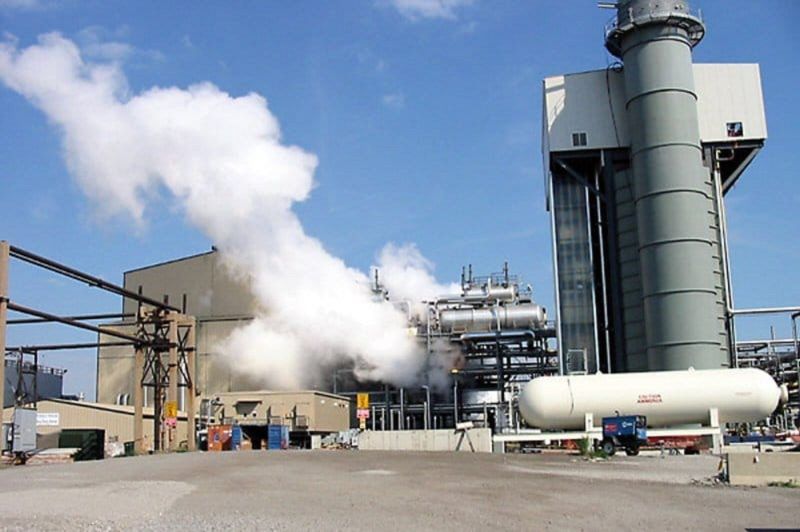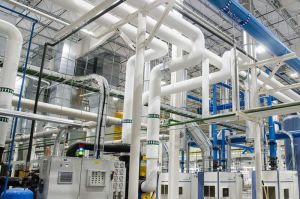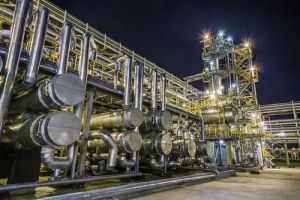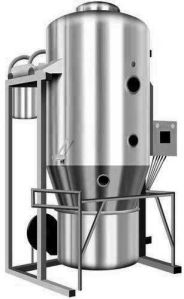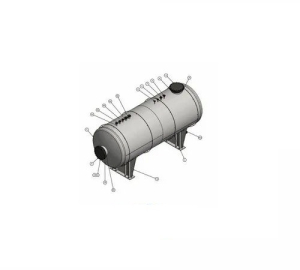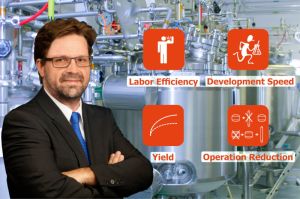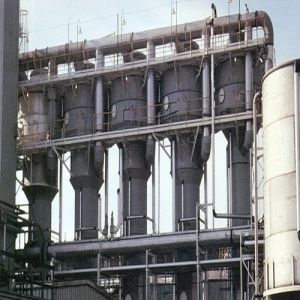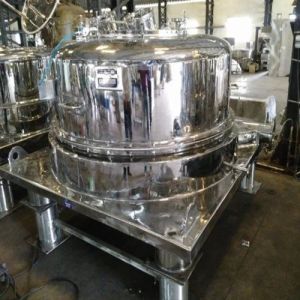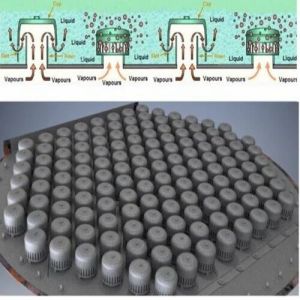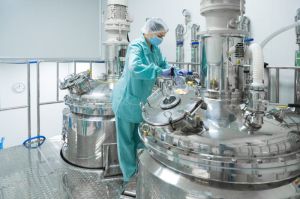- +91-6239890589
sales.pharmachemengineering@gmail.com
Steam Audit Services
Boiler House Efficiency Improvement :
- Establish the present steam generation from the boiler and the steam loading pattern of the plant i.e. peak, average and minimum loads based on the metering and system at plant
- Evaluate the efficacy of the present operating practices and recommend any changes to ensure optimum boiler efficiency.
- Study the present blow down philosophy and suggest methods to optimize blow down and heat recovery from blow down.
- Study the present feed water management philosophy and same will be evaluated to ensure optimum feed water temperature to the boiler.
- Evaluate use for LP flash steam in the plant or take it back to feed water tank of boiler
- Evaluate the efficacy / feasibility of using heat from available waste heat streams in the process towards heating the feed water
Quantify the potential for steam reduction in the plant :
- Evaluate the steam distribution network in the plant: Line sizing and routing Distribution with respect to pressure drop if any Type, quality & health of insulation. Condensate removal from steam mains. Establish % distribution loss on account of leakages and radiation and suggest methods to reduce the same
- Evaluate the desired vs actual parameters for steam as required by the process equipment
- Evaluate the plant historic data and observe the current operations for anomalies such as batch time / throughput variations and evaluate the impact of the current steam and condensate network on such variations
- Evaluate the current steam supply parameters vis-à-vis the process recipe requirements including gradients etc. and evaluate gaps within the same
- Evaluate the plant for any throughput bottlenecks due to the steam system
- Evaluation of hot water generation and utilization in the process.
Key Takeaway Points :
- Avoiding clinker formation inside the boiler
- Increase the inlet air temperature to increase boiler efficiency
- Avoid High Negative Draft in Solid Fuel Fired Boilers
- Generate Steam at Higher Pressure
- Dissolved oxygen should be removed from the feedwater tank
- Injection of flash steam and condensate into the feedwater tank should be via a deaerator head
- Air to fuel ratio should be monitored and controlled to minimize unburnts
- Efforts should be made to minimize addition of surface moisture content in fuel.
- To deliver the same amount of energy, the flowrate of hot water will have to be 45 times than that of steam.
- Monitor flue gas temperatures to control stack loss.
- Using steam instead of thermic fluids for indirect heating is more efficient.
- Monitoring flue gas temperature gives a good indication of the boiler operating conditions
- Operating boiler closer to full load improves efficiency
- Higher feedwater temperature increases the boiler output
- Use saturated steam for indirect heat transfer applications.
- Every 6 DEG. C rise in feedwater temperature reduces the fuel bill by 1%.

